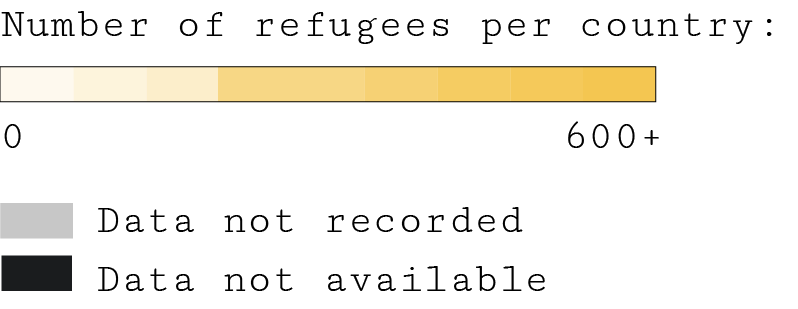Another Missing Tile
Refugees situation according to UNHCR
The UN Refugee Agency provide a more specific report on refugees situation, from 1994 to 2016. Closing this temporal window (from 2000 to 2016) creates even more problems, as the countries (such as South Korea and China) which presented the highest rates of immigration from North Korea, refuse to give data. On the other hand UNHCR report highlight the increasing number of North Korean people that access to the Refugee Status.Difference in classification (refugees vs. defectors vs. migrants) gives a partial vision of this phenomenon, which does not allow an overlapping between World Bank Data and this dataset.
